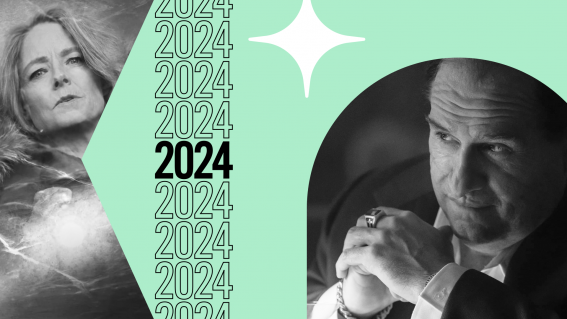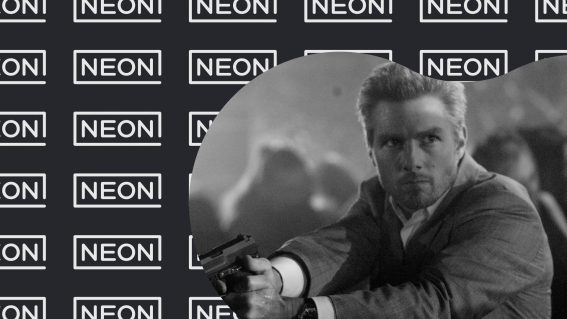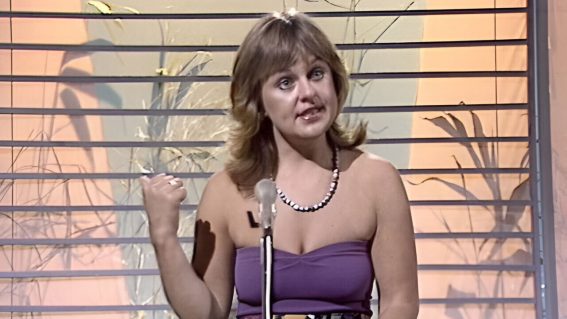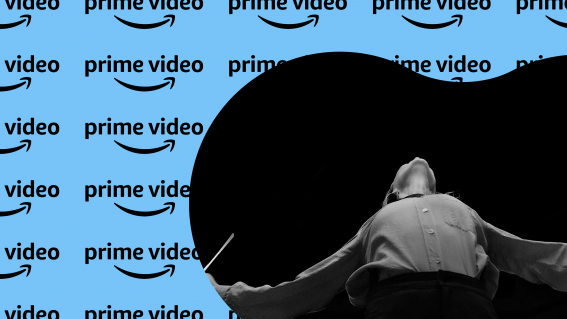Forget a ranked list: here’s why all the Mission: Impossible films are great
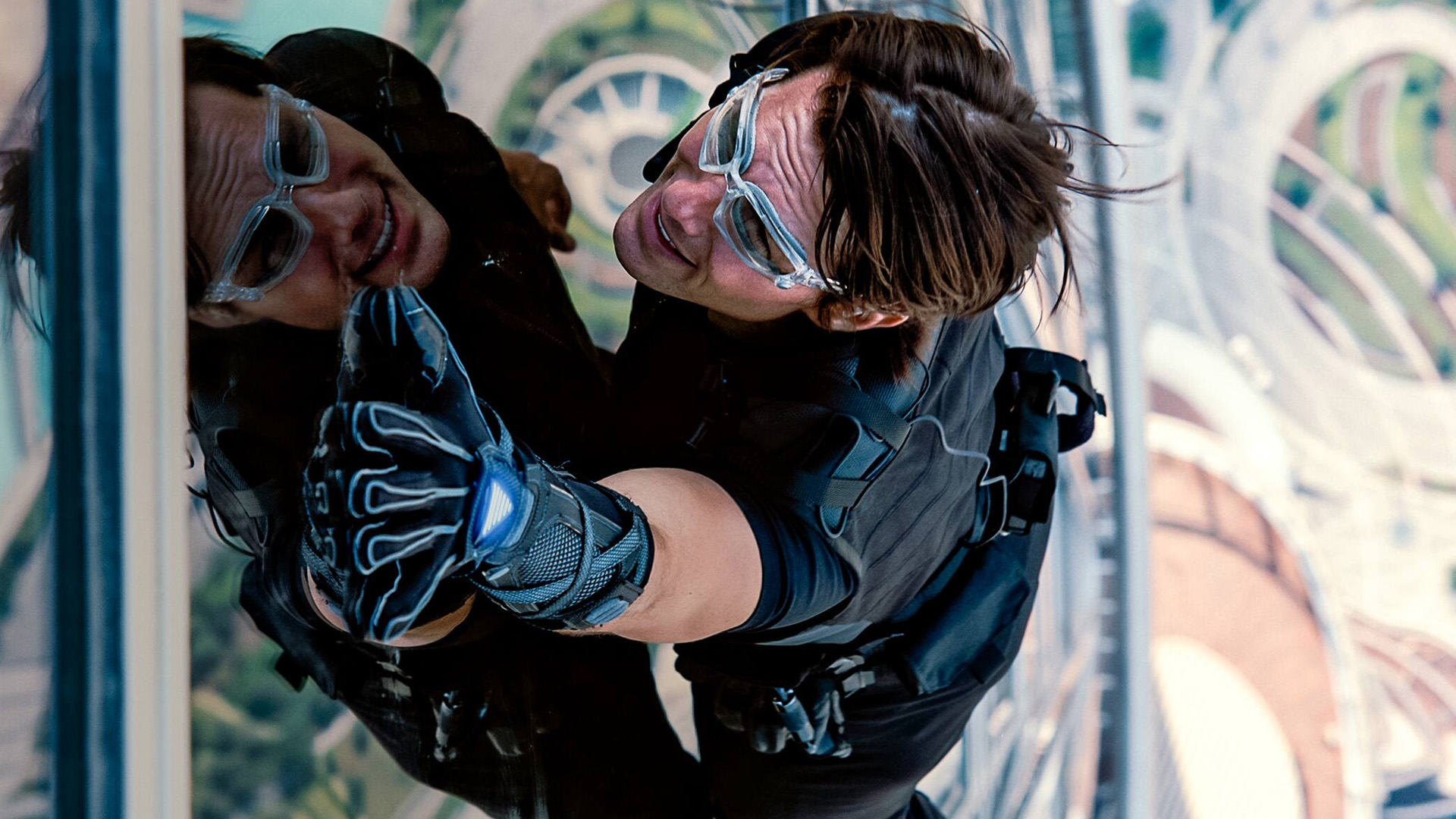

It’s been nearly 30 years since the first Mission: Impossible, and the franchise – streaming on Neon – just keeps delivering. Daniel Rutledge hacks into the M:I mainframe to find out what makes these films tick (and tick… tick… tick…)
What is your favourite Mission: Impossible movie? What’s your least favourite? I’m guessing both of those you were fairly confident about—you might have had to think about one of them for a minute—but if one of your friends named two different movies, you’d totally get it. It’s a rare franchise in a lot of ways, but one of the ways that has become more and more pronounced is how high its average level of quality is. There’s no obvious best or obvious worst and most fans could easily rewatch any and every one of these movies—even their least favourite, if they hadn’t seen it for a while.
The seven film series (thus far) has the high highs of a lot of other beloved franchises, but not the low lows, and very few people rank the films from best to worst in the same way. It’s not like Star Wars where the best is clearly The Empire Strikes Back while the worst is obviously Phantom Menace. It’s not like the Fast Saga, of which everyone agrees Fast 5 is the greatest, while nobody bothers to argue which of the shit ones is the shittest.
For a long time it seemed like Mission: Impossible II was the least liked in the franchise, but there’s a lot more to love about that movie than the worst James Bond movies, and it’s aged surprisingly well. There’s a great podcast episode dedicated to MI2‘s greatness, and however much disrespect it’s had over the years, it’s worth noting it comfortably beat Gladiator and Cast Away to be the top grossing film of 2000 at the global box office.
But Mission: Impossible also isn’t like, say, the John Wick franchise, which also has a very high average but has far less diversity in what it’s giving. Every Mission: Impossible movie has had Tom Cruise doing amazing stunts, but for a while they were really quite different from each other, with each instalment essentially reinventing the franchise as it went along.
Brian DePalma’s dark and unusual 1996 original is less of an action movie than it is an espionage thriller. John Woo’s aforementioned MI2 is very much a John Woo American film: an over-the-top actioner that fits nicely alongside Hard Target and Face/Off. JJ Abrams’ feature directorial debut Mission: Impossible III was released in 2006 and remains to this day the most character-driven entry in the franchise, going deep into Ethan Hunt as well as delivering the best villain yet with Phillip Seymour Hoffman.
Brad Bird’s first non-animated movie was the fourth Mission: Impossible, released in 2011, which transitioned the series into what it’s become since and set an incredible high bar with the Burj Khalifa sequence. Ghost Protocol also featured rewrites by Christopher McQuarrie, who has taken the reins on the three films that followed and brought a newfound consistency to them that has hit on just the right formula for what this franchise does best.
So what is that formula? It emphasises supremely thrilling action sequences usually featuring groundbreaking real stunts that bring with them a rare level of authenticity, ties those together with elaborate yet simple espionage plots, and serves it all up with a delightful tone where frequent humour adds to the entertainment without diminishing the stakes. It’s the sort of formula a lot of franchises try to cook up but don’t quite manage to, often either over-complicating things or, conversely, dumbing them down too much—or simply by having lesser skilled filmmakers fail to deliver the action thrills.
But as simple as the Mission: Impossible films may be, there is an enormous amount to dig into with them. If I’m sounding like an overzealous fan in saying that, don’t take my word for it—check out the brilliant Light The Fuse podcast. This started as two fans reviewing and discussing each and every Mission: Impossible movie, then doing episodes on the TV show, the videogames, the movies that didn’t get made (like Oliver Stone’s); then they started doing interview episodes with editors, storyboard artists, composers, assistant directors and so on. Eventually McQuarrie joined them for some episodes, because he truly is a passionate fanboy himself and loved what they were doing. Then 238 episodes deep—yes, two hundred and thirty eight—they restarted as the official Mission: Impossible podcast, thanks to a great decision by Paramount Pictures. This podcast rules.
I can’t go further without talking about the Tom Cruise factor. He’s one of the greatest movie stars of all time by pretty much any quantifiable measure and this is the movie franchise he has starred in more than any other, by quite some margin. Whatever you think of the man’s personal life, his professional career is unbelievably successful over a crazy long innings. He’s always charming and often magnetic on screen with a diverse filmography showing off impressive range, but the connection between Tom Cruise and Ethan Hunt is special. Not only the franchise’s lead star, he’s also one of its strongest creative forces with a producer credit on each film so far. That may be part of the reason he’s able to do the insane stunts most actors wouldn’t be allowed to do, even if they wanted to and were able to. I have no idea how the insurance works for Tom Cruise, but whatever, I’m just grateful we have one Tom Cruise in the world creating this movie magic that only Tom Cruise can.
It’s nearly 30 years since that first Mission: Impossible came out and we all remember the incredible wire heist sequence from that. It is still an amazing scene to watch now and it stands up to any of the plane hugging, space falling, cliff motorcycle parachute jumping stunts that have come since, but there’s a lot more in that movie to enjoy you may not remember. For example, there’s the extremely ’90s internet scene where Ethan Hunt uses Usenet to search for a mysterious character codenamed Max working on an operation referred to as Job 314 by typing into the search field “Max.com” and “Job”. He types in “internet access” before that to, y’know, access the internet.
The 1996 movie also features a climactic high-speed train sequence that is nice to rewatch now as a companion piece to most recent in the series. There’s plenty to enjoy in that first film and plenty that makes it unique from all the others, as there is with the second and third films too. Rewatching them now, more has aged well than has aged poorly with them, and they hammer home what a marvellous franchise this is as a whole.
As for the newer films, it’s hard to believe it’s been 12 years since we watched Tom Cruise hang off the side of the world’s tallest building, but it has been. It’s probably high time you gave that one a rewatch, especially as you’ve probably upgraded televisions in the past few years and while you don’t have an IMAX cinema at home, reliving that Burj Khalifa scene on whatever the best screen in your house is will definitely be a good time.
Once you’ve done the first four, you might as well do all of ’em, because they’re some of the most pure entertainment releases of the last decade and this summer is an ideal time to do them all. Then you can rank them all from best to worst and head online to see how different your list is to all the other super fans out there. And for once, we’ll all be right, no matter how different our lists are.


